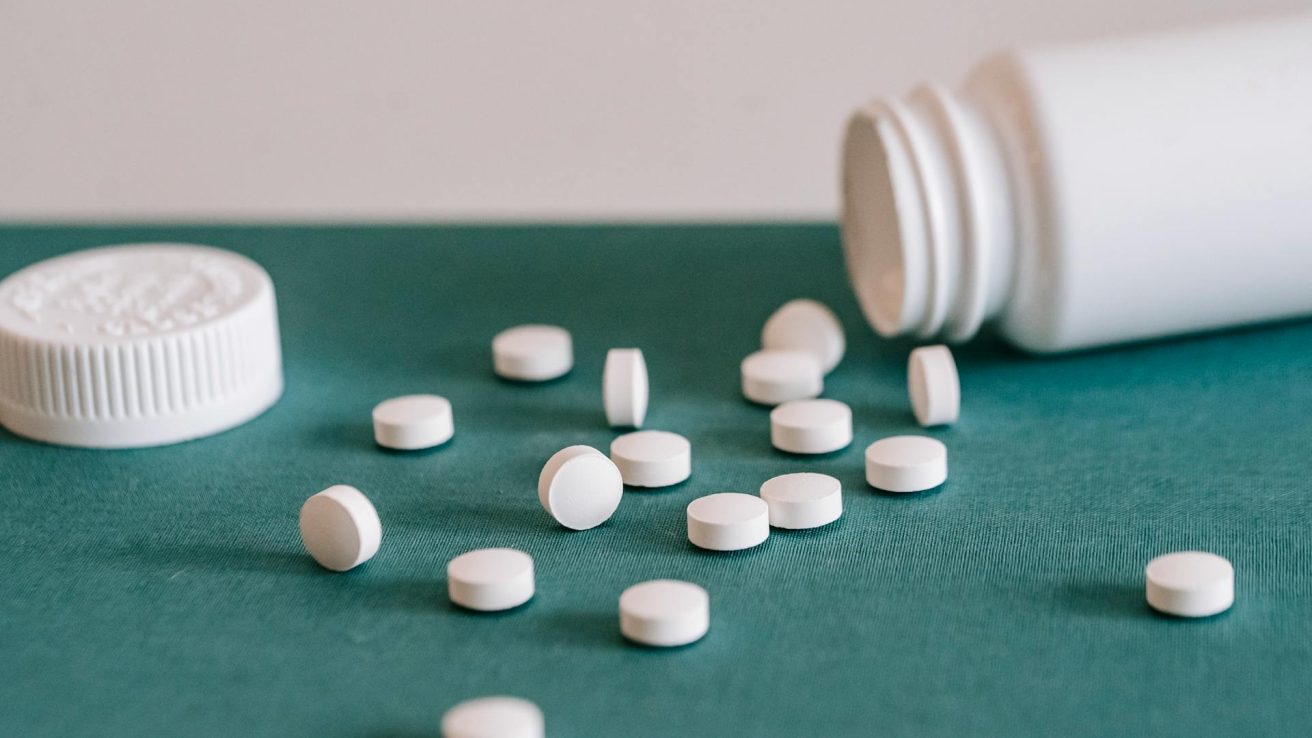Low-dose acetylsalicylic acid reduces inflammatory protein levels and tissue perfusion in dense breast tissue in postmenopausal women, according to the results of a new phase II clinical trial.
High mammographic density is a major risk factor for breast cancer, contributing to approximately 30% of all breast cancer. There is a lack of research regarding the local biological effects of anti-inflammatory drugs in dense breast tissue.
A randomized, controlled, phase II clinical trial published in the journal Breast Cancer Research examined the effects of low-dose acetylsalicylic acid (ASA) on the inflammatory microenvironment and magnetic resonance imaging (MRI) parameters in dense breast tissue in postmenopausal women.
Participant Characteristics
A total of 53 healthy postmenopausal women with Breast Imaging Reporting and Data System (BI-RADS) mammographic breast density levels of D (extremely dense) were recruited and randomized to receive either ASA 160 mg/day (n=27) or no treatment (n=26). The final analyses included 25 women in the ASA group and 24 women in the no-treatment group.
A Significant Decrease in 20 Proinflammatory Protein Levels Observed
After 6 months of ASA treatment, a panel of 92 inflammatory proteins was analyzed. Of these, 20 demonstrated significantly decreased levels after false discovery rate (FDR) correction in breast tissue. The magnitude of changes for these 20 proteins ranged from 9% to 18%. None of the altered proteins in breast tissue showed any changes in abdominal subcutaneous fat. No changes in protein levels were observed in breast tissue or abdominal subcutaneous fat of participants in the no-treatment group after 6 months.
An additional 17 proteins demonstrated altered levels in breast tissue after 6 months of ASA, with a p < 0.05, but the changes did not remain statistically significant after FDR correction. In the no-treatment group, two proteins showed decreased levels in breast tissue after 6 months with a p < 0.05, but not after FDR correction.
Low-Dose ASA Reduced Breast Tissue Perfusion but Not Density
On measuring perfusion, the fraction of contrast agent in the wash-in phase decreased significantly compared to baseline after low-dose ASA as well as no treatment (p < 0.001). However, significantly more participants in the ASA group demonstrated a decreased wash-in fraction than the no-treatment group (p < 0.05). The wash-out fraction decreased significantly in the ASA group (p < 0.001) but did not change in the no-treatment group. The wash-out rate correlated significantly with the angiogenic factor VEGF.
Breast density was analyzed with the continuous MRI measure of lean tissue fraction before and after 6 months of ASA treatment or no treatment. No differences were observed in either group. Moreover, no significant changes were observed in the proton density fat fraction. These findings suggest that there were no significant structural changes in breast tissue.
Low-Dose ASA Decreased R2 Relaxation in Fibroglandular Tissue
In the fibroglandular tissue segment, relaxation in R2 demonstrated a slight but significant decrease (p < 0.05) after 6 months of ASA treatment, whereas relaxation parameters did not change significantly in the no-treatment group. R1, R2, or PD relaxation properties showed no changes in fat tissue, duct, or blood vessel segments.
Source:
Lundberg, P., Abrahamsson, A., Kihlberg, J., Tellman, J., Tomkeviciene, I., Karlsson, A., Wiberg, M. K., Warntjes, M., & Dabrosin, C. (2024). Low-dose acetylsalicylic acid reduces local inflammation and tissue perfusion in dense breast tissue in postmenopausal women. Breast Cancer Research, 26(1). https://doi.org/10.1186/s13058-024-01780-2






